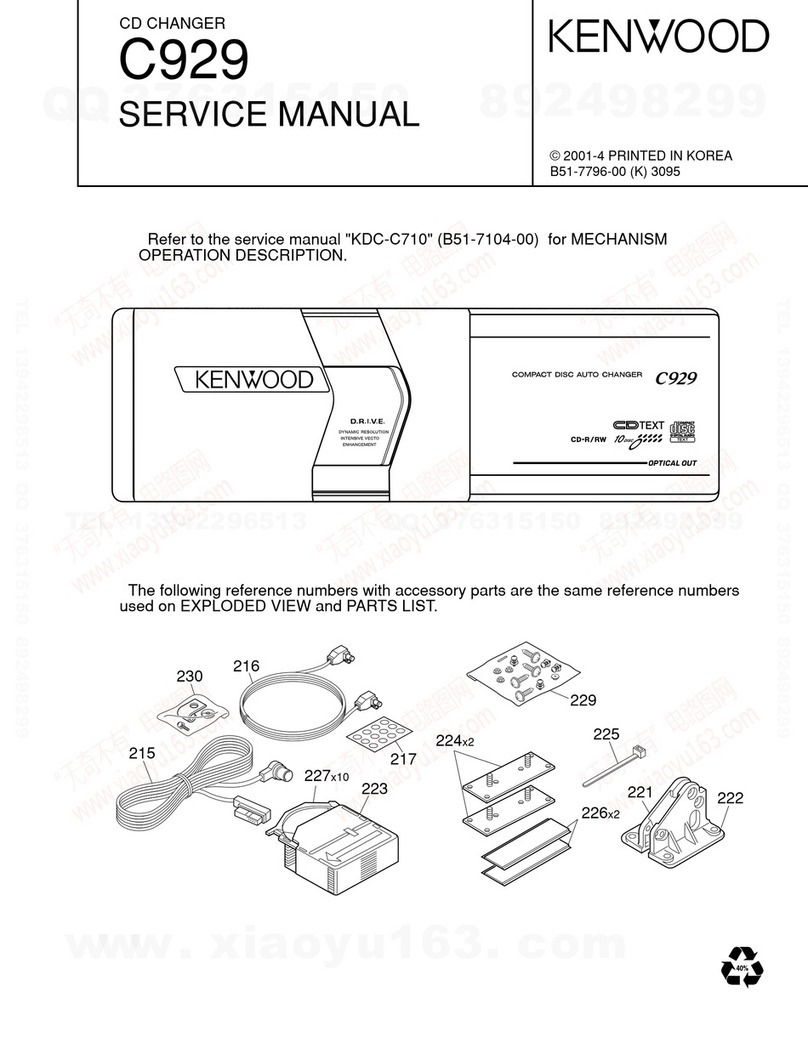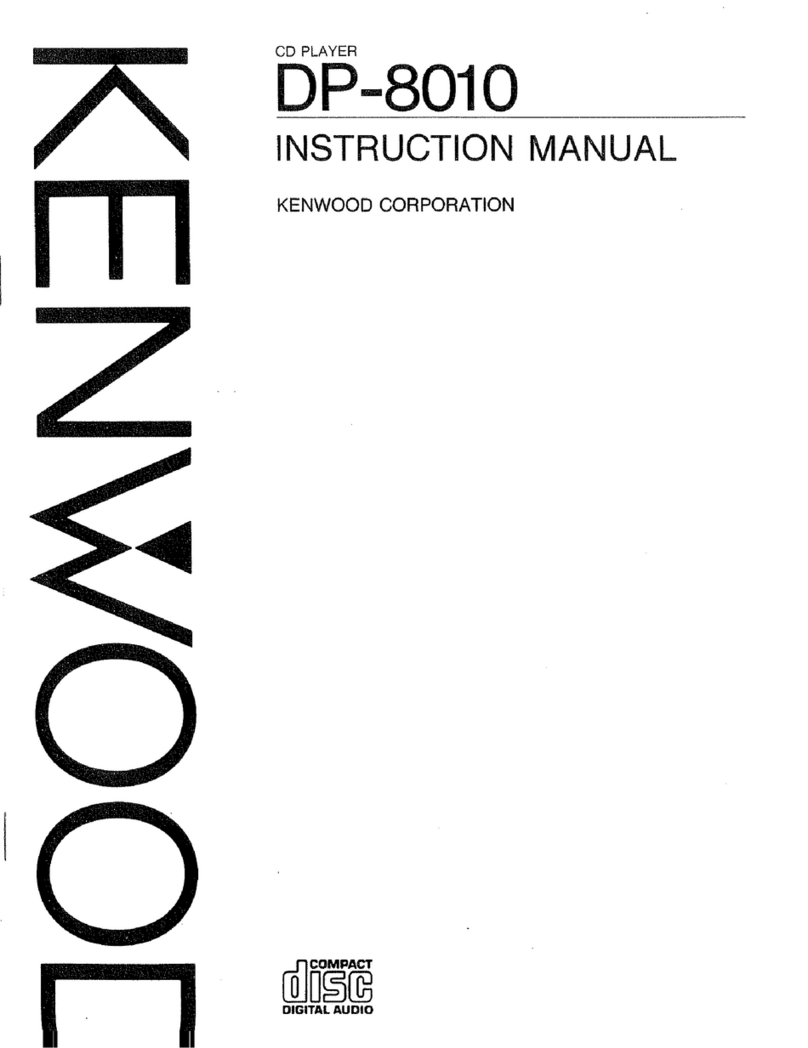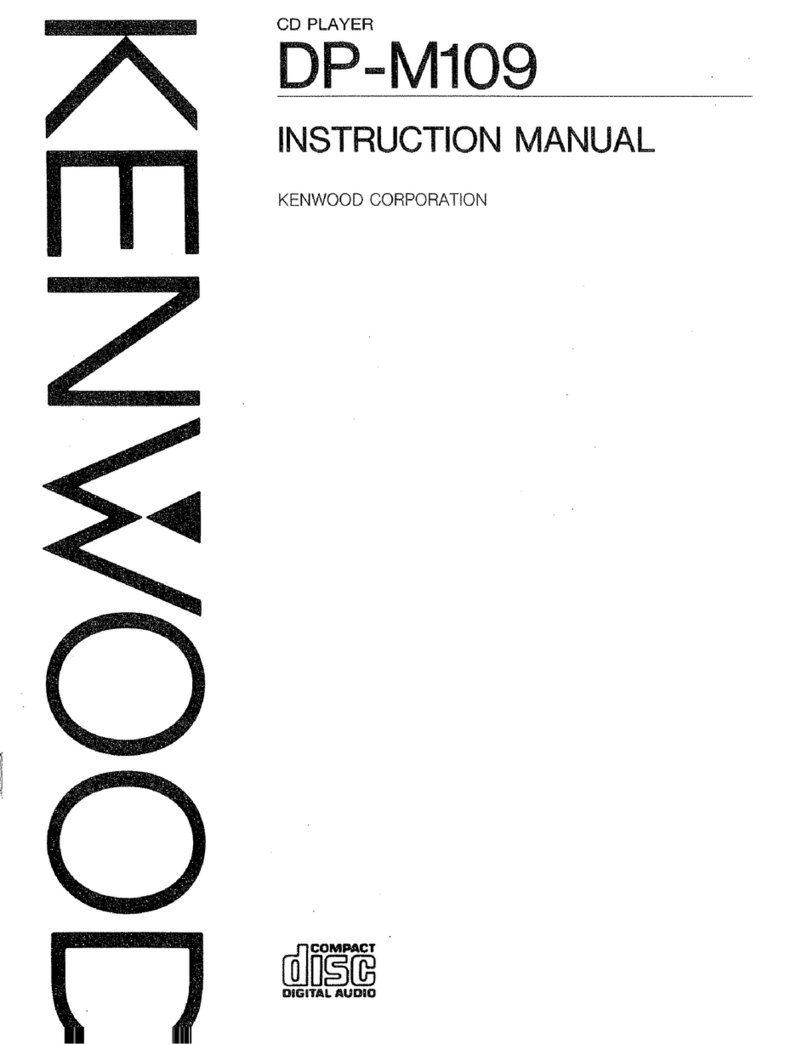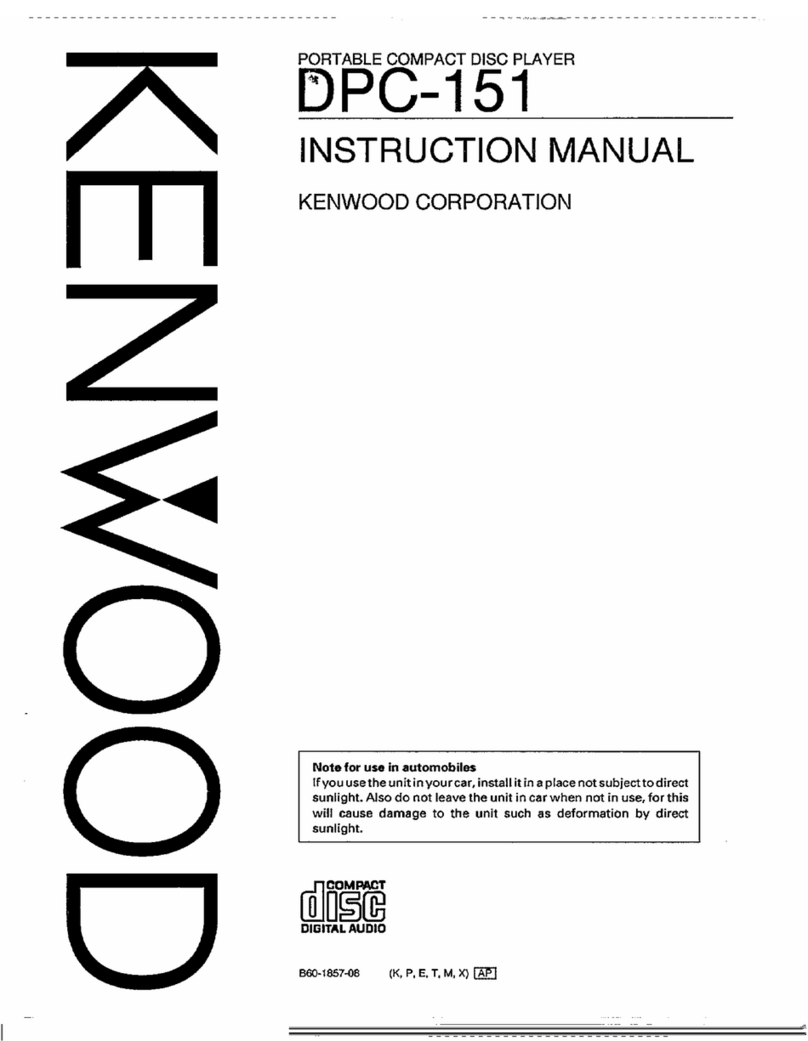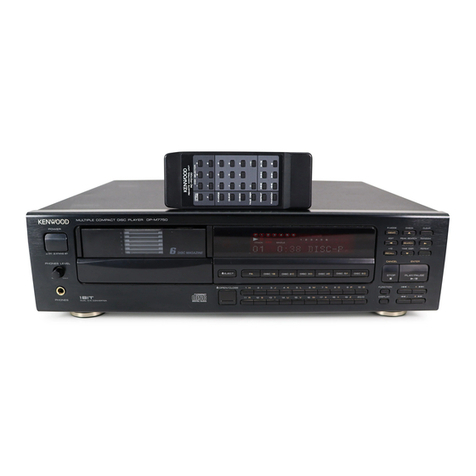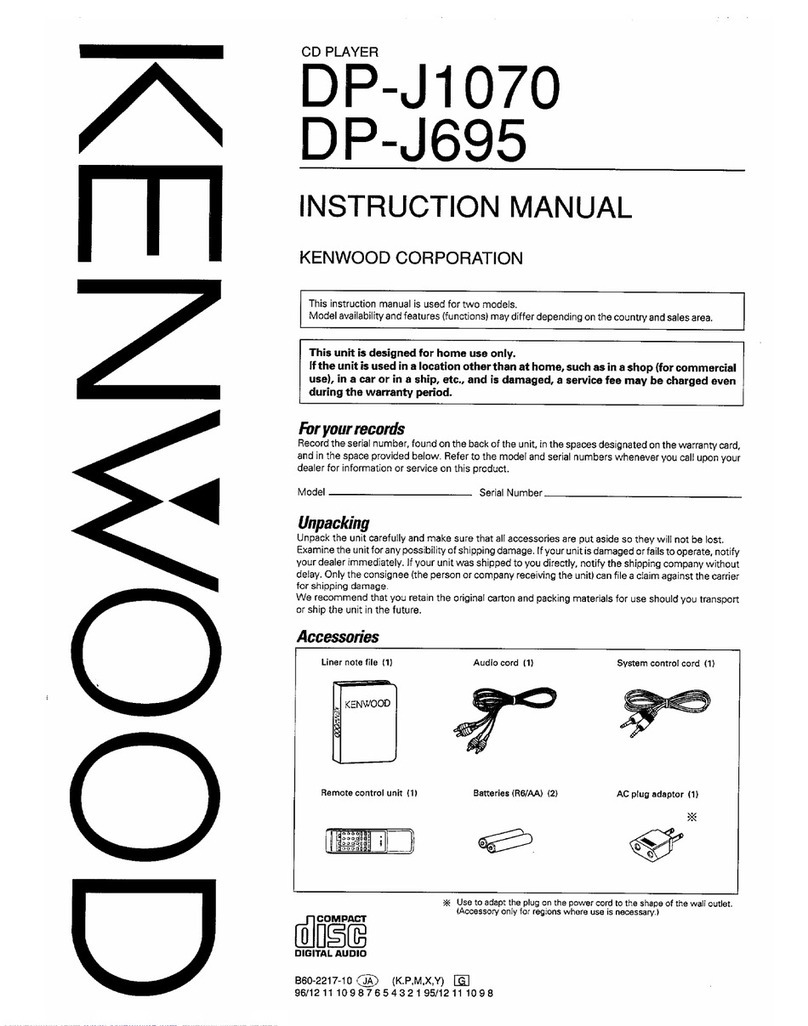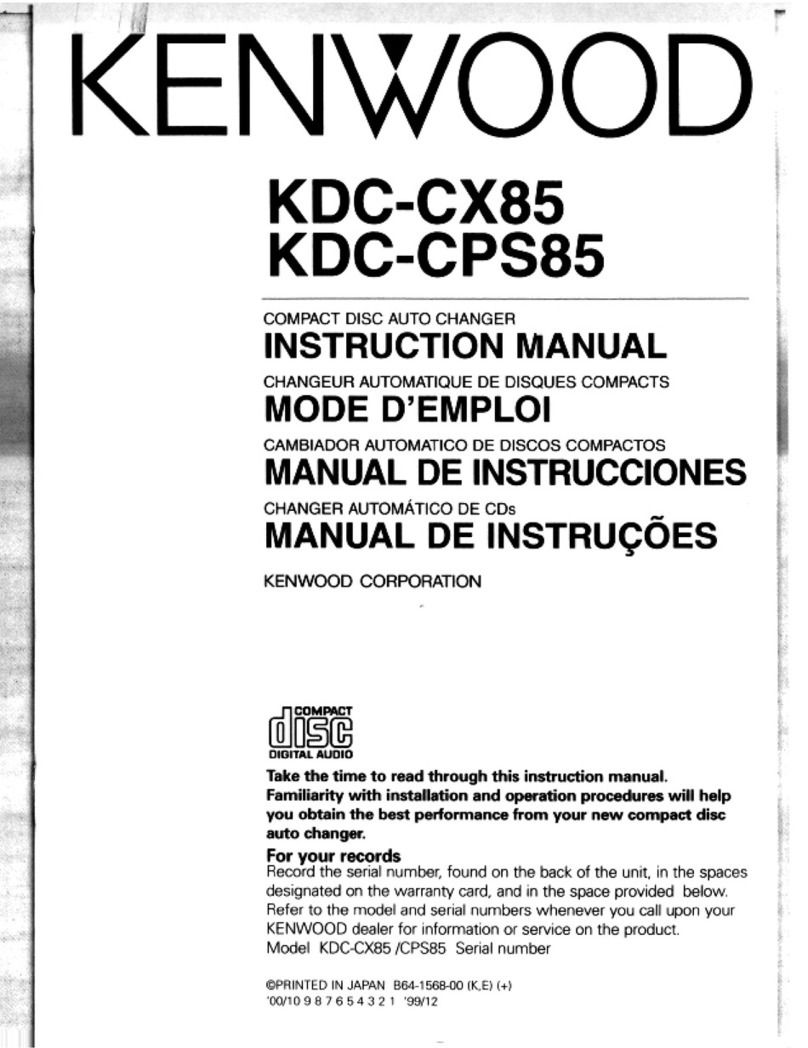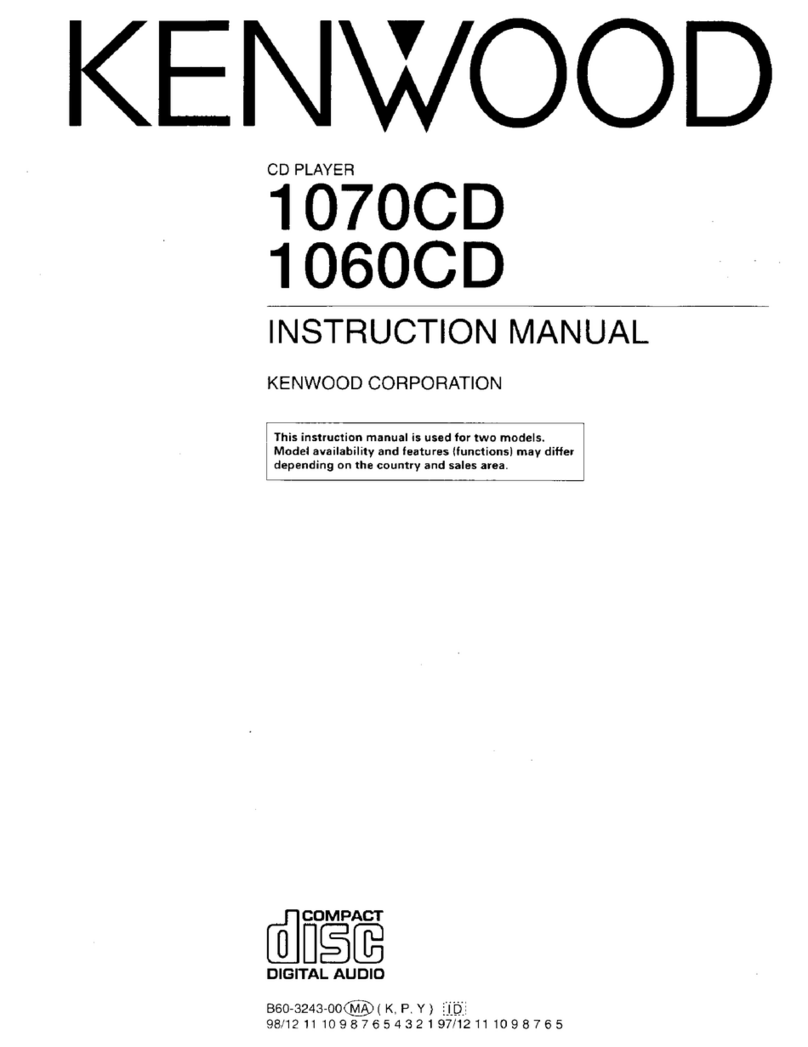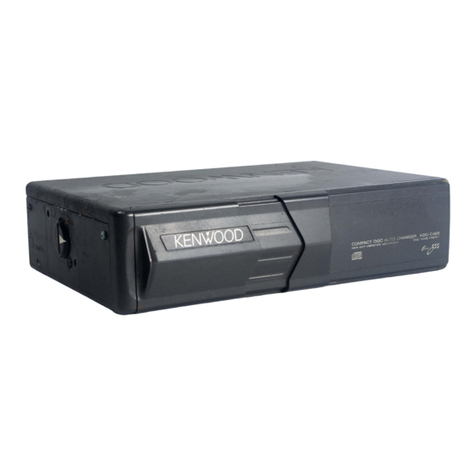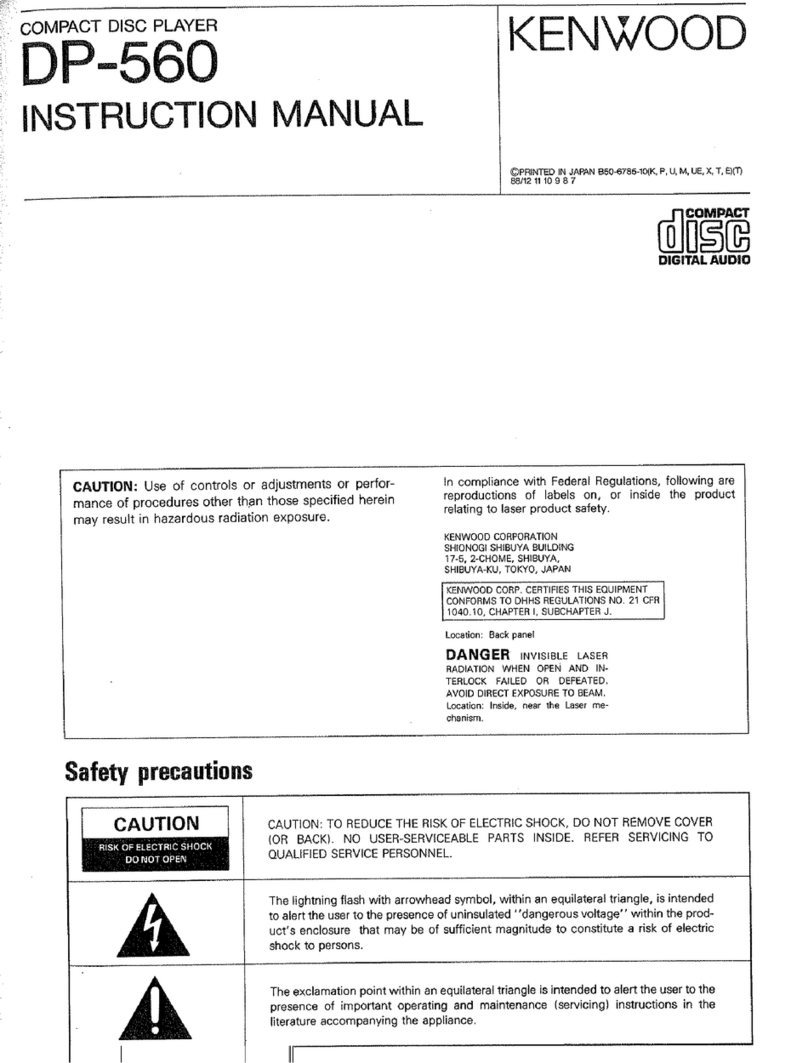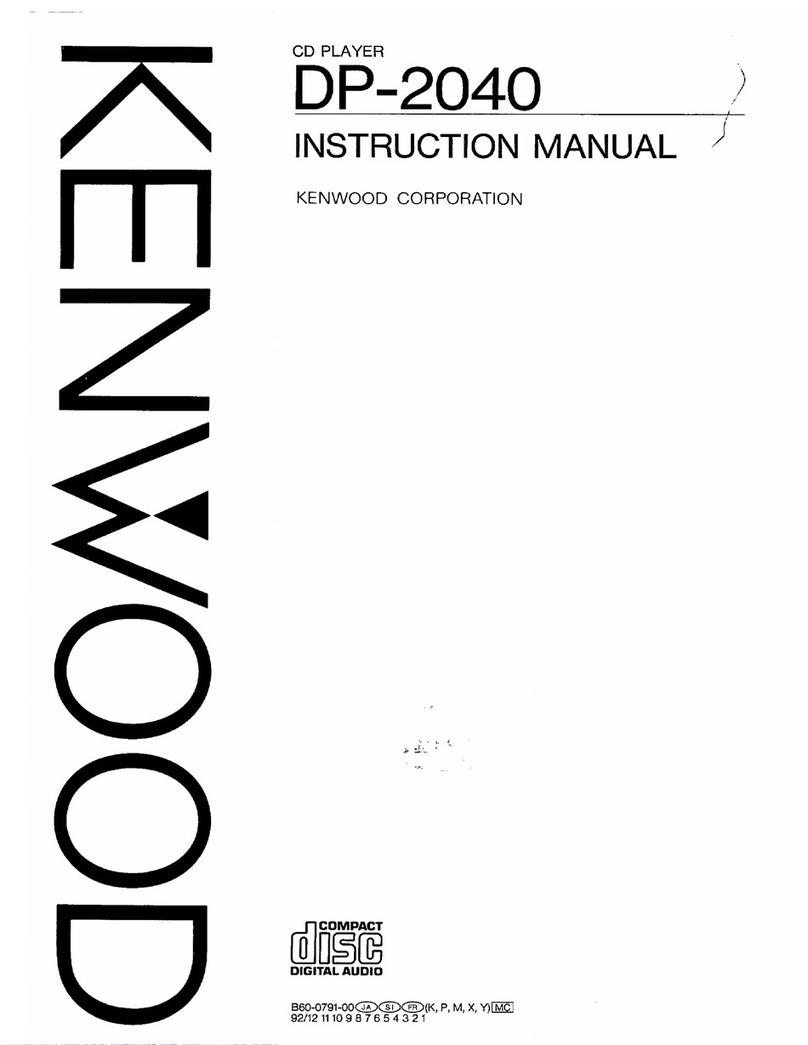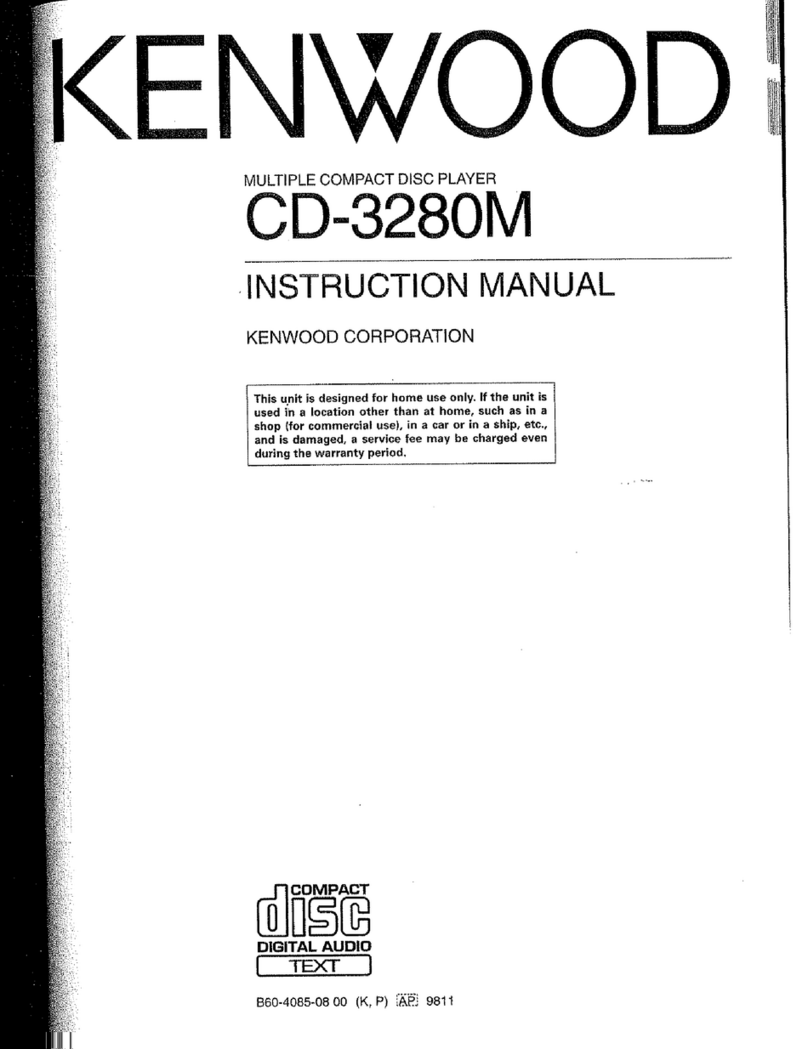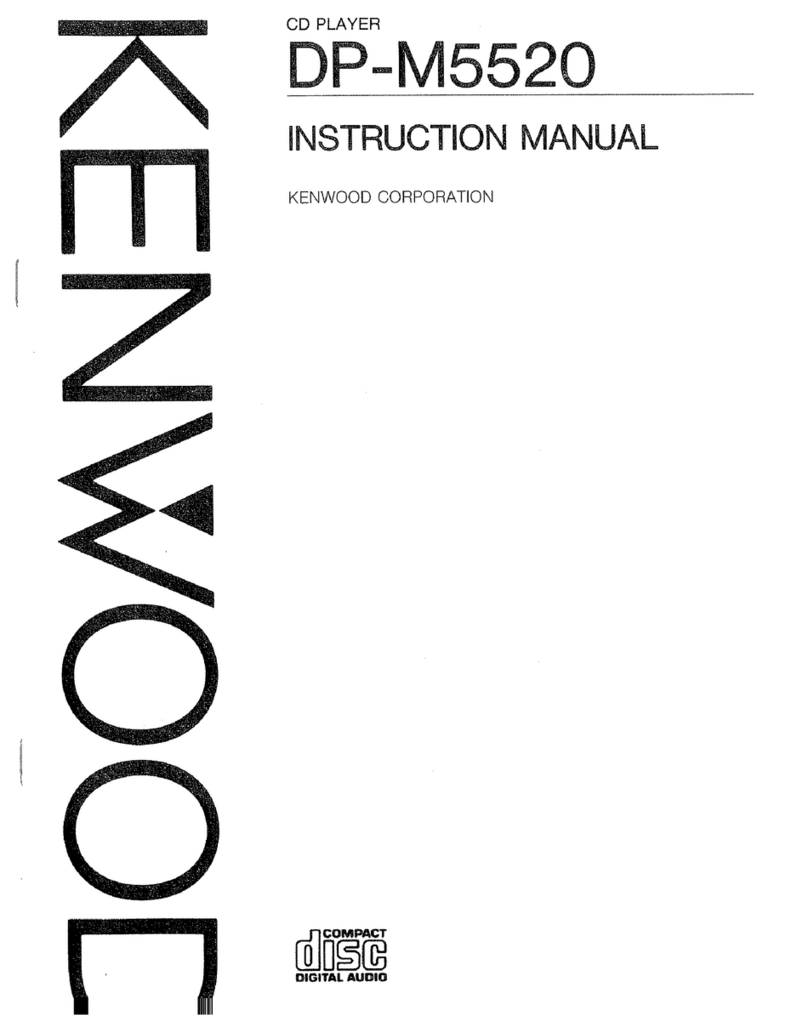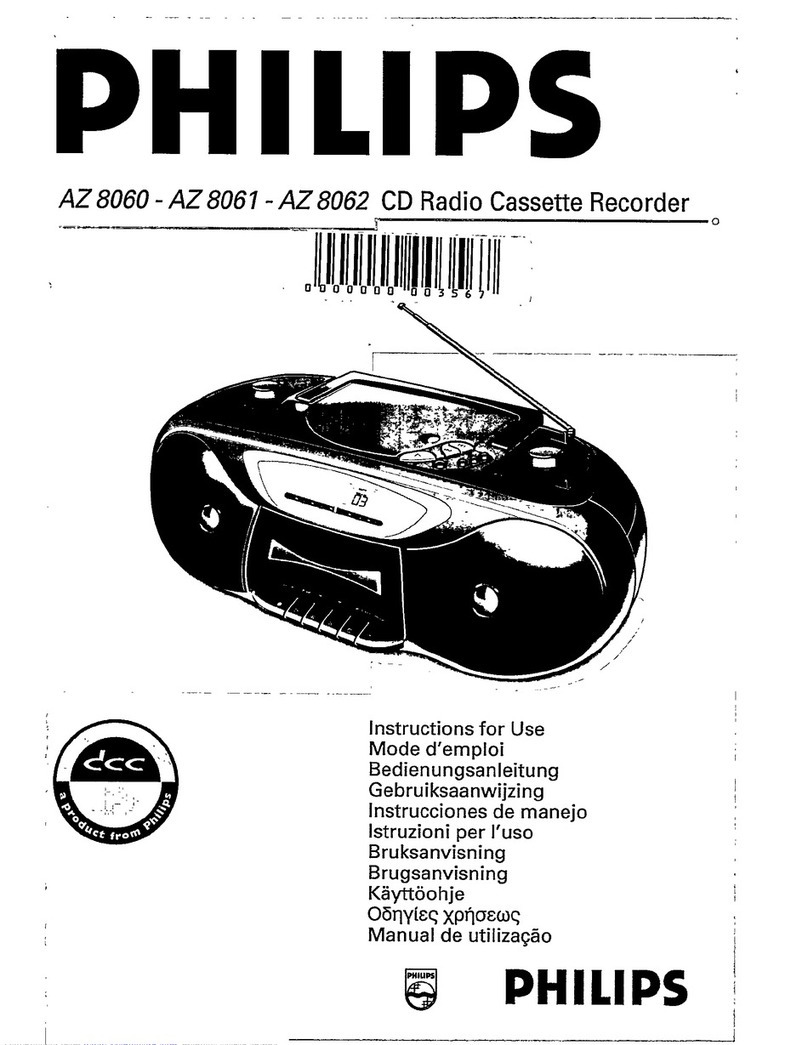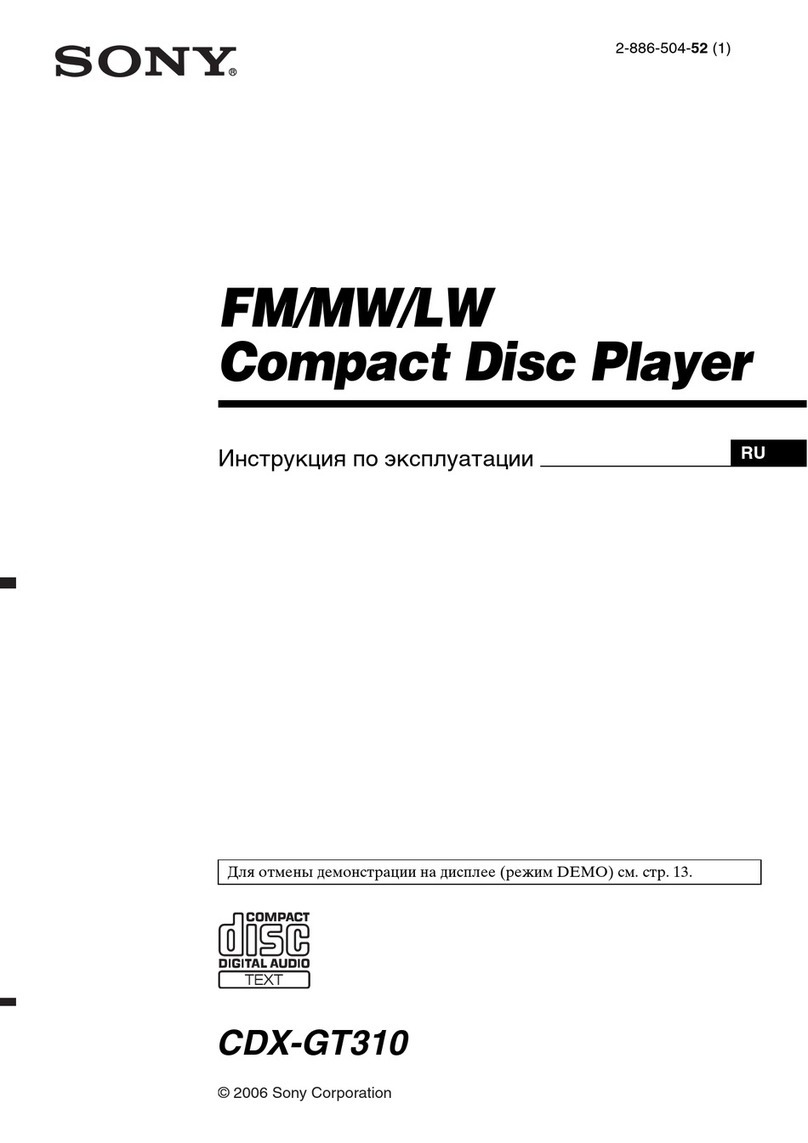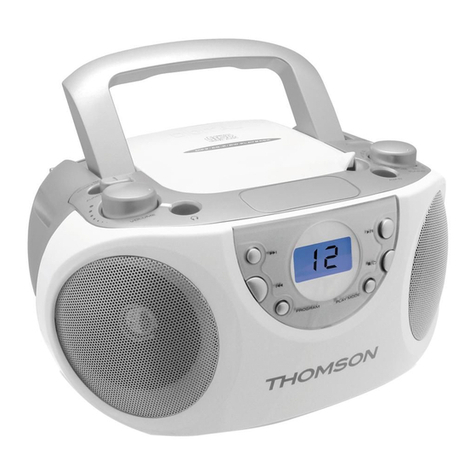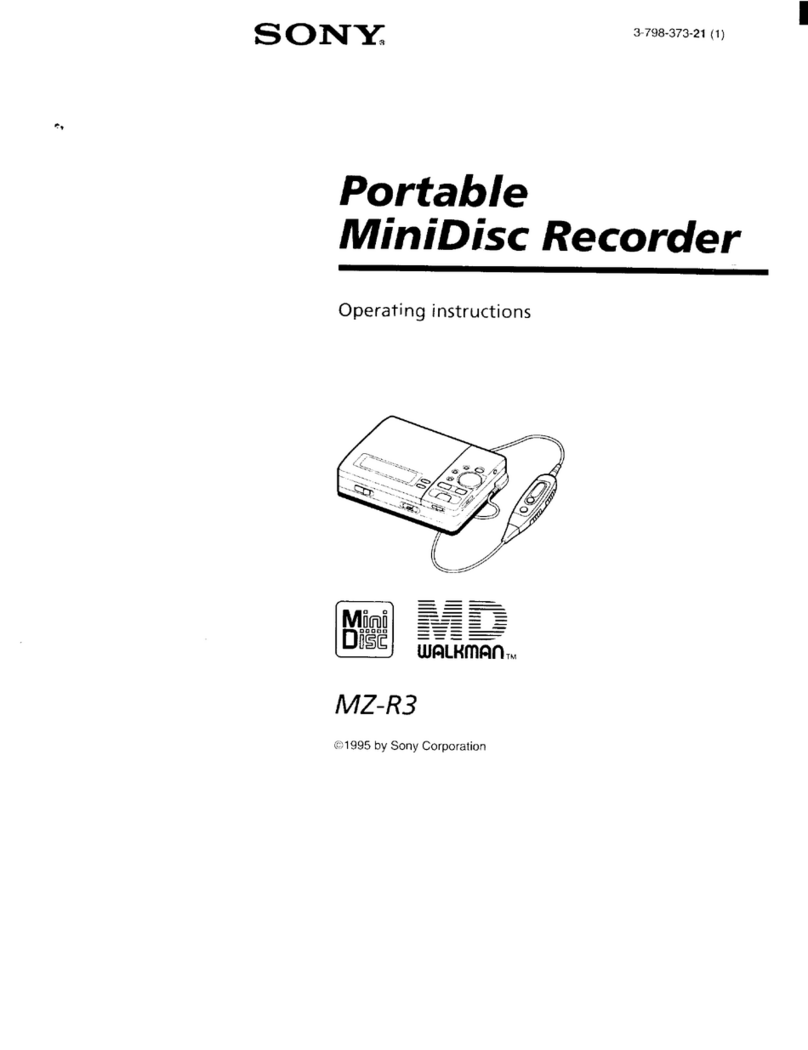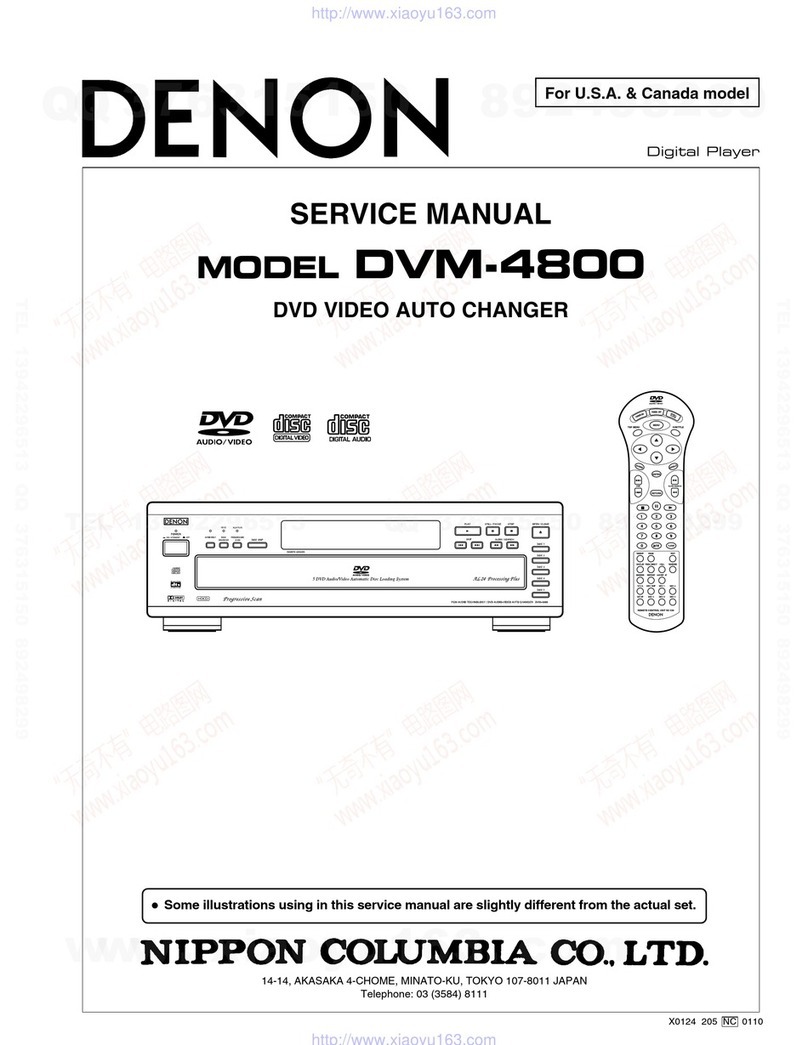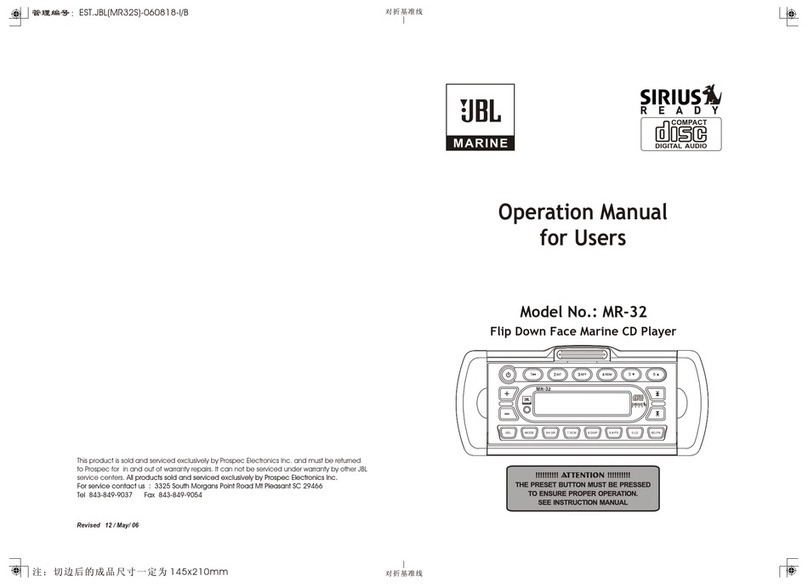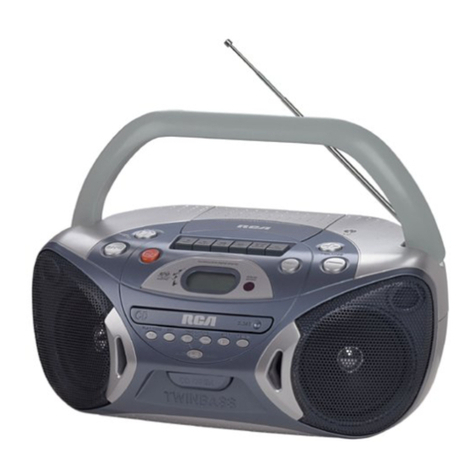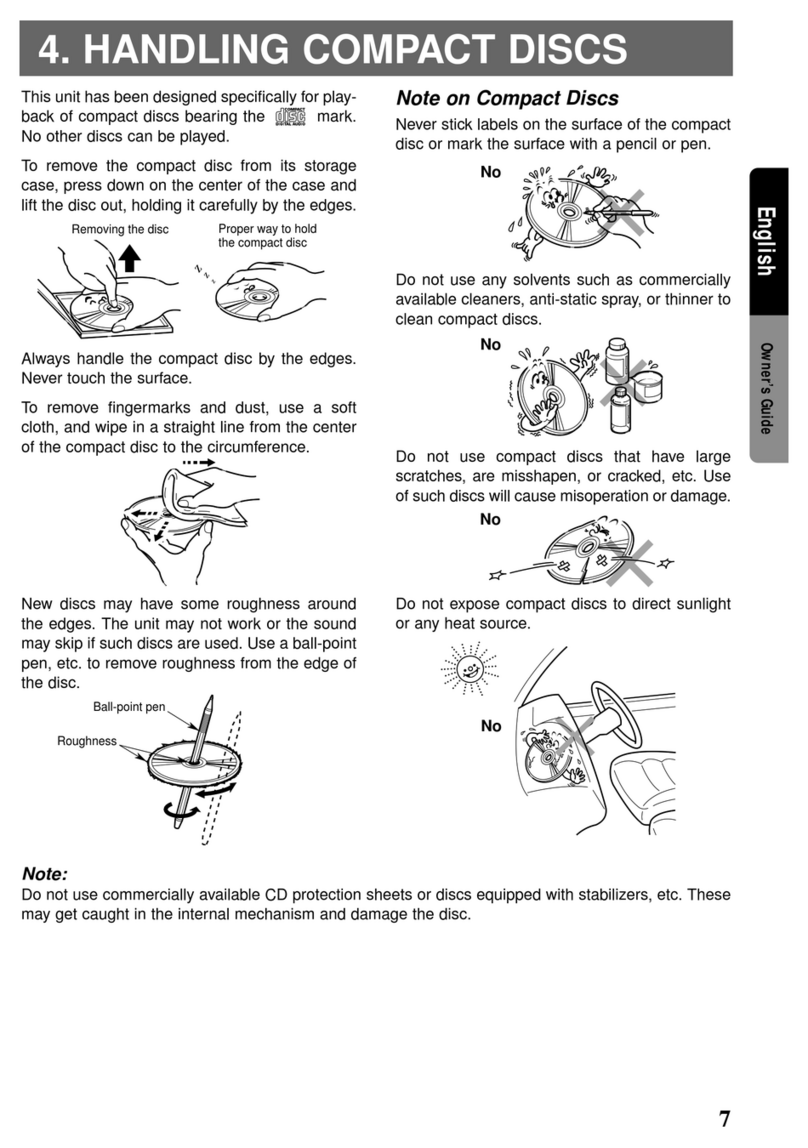
Introduction
Your
choice
of
this
product
indicates
that
you
are
a
devotee
ta
excellence
in
sound
reproduction.
We
appreciate
your
patronage
and
take
pride
in
the
long
tradition
of
quality
components
that-our
company
repre-
sents.
So
that
you
can
get
the
most
out
of
your
unit,
we
suggest
that
you
take
the
time
to
read
through
this
manual
before
you
hook
up
and
operate
your
system.
This
will
acquaint
you
with
operating
features
and
system-connection
con-
siderations
so
that
your
listening
pleasure
will
be
en-
hanced
right
from
the
start.
You
will
notice
that
in
all
aspects
of
planning,
engineering,
styling,
operating
con-
venience
and
adaptability
we
have
sought
to
anticipate
your
needs
and
desires.
Keep
this
manual
handy
for
future
reference.
For
your
records
Record
the
serial
number,
found
on
the
back
of
the
unit,
in
the
spaces
designated
on
the
warranty
card,
and
in
the
space
provided
below.
Refer
to
the
model
and
serial
numbers
whenever
you
call
upon
your
dealer
for
informa-
tion
or
service
on
this
product.
Model
__..._____
Serial
Number.
Unpacking
Unpack
the
unit
carefully
and
make
sure
that
all
accesso-
ries
are
put
aside
so
they
will
not
be
lost.
Examine
the
unit
for
any
possibility
of
shipping
damage.
If
your
unit
is
damaged
or
fails
to
operate,
notify
your
dealer
immediately.
If
your
unit
was
shipped
to
you
directly,
notify
the
shipping
company
without
delay.
Only
the
consignee
(the
person
or
company
receiving
the
unit)
can
file
a
claim
against
the
carrier
for
shipping
damage.
We
recommend
that
you
retain
the
original
carton
and
packing
materials
for
use
should
you
transport
or
ship
the
unit
in
the
future.
For
the
USA
CAUTION:
Use
of
controls
or
adjustments
or
performance
of
procedures
other
than
those
specified
herein
may
result
in
hazardous
radiation
exposure.
In
compliance
with
Federal
Regulations,
following
are
reproductions
of
labels
on,
or
inside
the
product
relating
to
laser
product
safety.
KENWOOD
CORPORATION
SHIONOG!}
SHIBUYA
BUILDING
17-5,
2-CHOME,
SHIBUYA,
SHIBUYA-KU,
TOKYO,
JAPAN
KENWOOD
CORP.
CERTIFIES
THIS
EQUIPMENT
CONFORMS
TO
DHHS
REGULATIONS
NO.
21
CFR
1040.
10,
CHAPTER
I,
SUBCHAPTER
J.
Location:
Back
Panel
DANGER
INVISIBLE
LASER
RADIATION
WHEN
OPEN
AND
INTERLOCK
FAILED
OR
DEFEATED.
AVOID
DIRECT
EXPOSURE
TO
BEAM.
|
Location:
Inside,
near
the
Laser
mechanism.
Accessories
@
AUdiIO
COLD
-ocesesseresreres
1
ma
;
®
System
control
cord.
1
(Except
for
the
U.K.
and
Europe)
©
MagaZiNe
....ceeceseceeees
1
{with
6
disc
trays)
Contents
UtPOUUCHION
sesscpscttsosscdcsesserontebeansennseacsnanctasbecbasonsresbouee
A\
Before
applying
power
..
4
A
Safety
precautions
.....
A\
IMPORTANT
SAFEGUARDS
Before
operation
...........
Controls
and
indicators
System
connections
.....
Playing
compact
disc
.........
QDONADPWWHN
=
Caution:
Read
the
pages
marked
A\
carefully
to
ensure
safe
operation.
Manual
play
(Track
mode)
............
et
Programmed
play
(Program
mode)
.
13.
Random
playing
......
15
CD
Edit
recording
.
16
Time
display
switching
and
timer
playing
In
case
of
difficulty
Specifications
